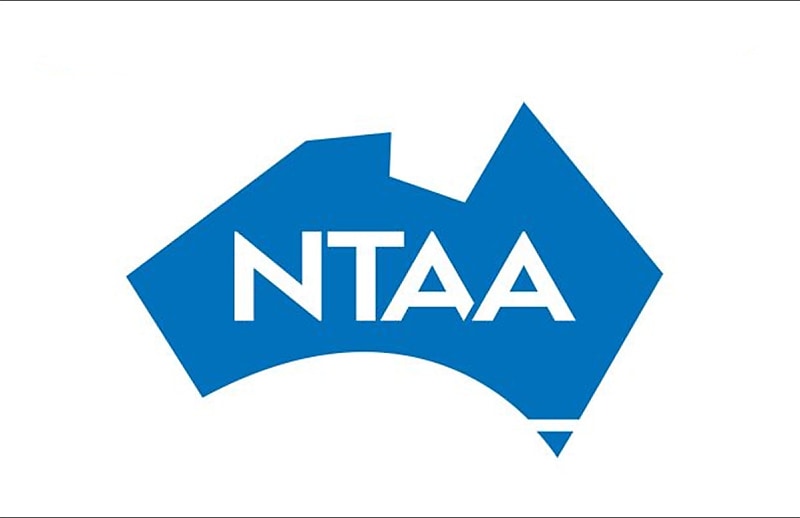NTAA offers feedback on Tax Ombudsman’s ATO GIC remission review
TaxDrawing from its member feedback, the National Tax and Accountants’ Association has provided input on the Tax Ombudsman’s current review into the ATO’s approach to GIC remission.

The National Tax and Accountants’ Association has weighed in on the debate towards the ATO’s approach to GIC remission by providing feedback to the Tax Ombudsman for her current review.
In a submission to the Tax Ombudsman, the association said it built its input on extensive member feedback provided by its membership base in response to its request for tax practitioner views on the ATO’s administration of the remission of GIC.
“Drawing on extensive member feedback, we submit that tax practitioners and their clients widely regard the ATO’s current practices relating to GIC remission as inconsistent, opaque and lacking empathy for taxpayers with tax debts and GIC under extenuating circumstances beyond their control,” it said.
The body also added that feedback from its members indicated that it appeared GIC remission requests were being refused “almost uniformly, regardless of the taxpayers’ circumstances”.
“The reported sentiment from others who have successfully obtained some remissions is that the process has become unpredictable, with outcomes apparently dependent on the officer handling the case rather than on consistent principles or published guidance.”
According to the NTAA, the key problems identified by members were inconsistency and arbitrariness, lack of transparency, disregard for genuine hardship, punitive financial impact and systemic inefficiency.
In her current review, Tax Ombudsman Ruth Owen identified terms of reference for which submissions were to provide context on, which the NTAA successfully provided.
On the first term of reference, clarity of ATO policy, communications and guidance, the NTAA cited that members had reported the ATO’s remission policy lacked clarity, consistency and transparency both for the public and tax practitioners assisting clients with GIC remission requests.
It was noted that levels of concern had grown as more remission request responses appeared inconsistent with currently available ATO information.
The second term of reference, reasons behind the ATO’s tightened remission approach, the submission said the evident sentiment from association members was that remission requests were now almost always refused.
“Members who once lodged only strong (and successful) applications, now describe the process as futile,” it said.
“Practitioners with 20+ years of experience report they have ‘all but given up’ on remission applications. Others note that requests that would once have been successful are now routinely denied.”
“This tightening coincides with government fiscal pressures and appears revenue-driven. The perception is that remission has been reframed from a fairness safeguard to a revenue collection tool.”
The association recommended that the Tax Ombudsman could require the Tax Office to explain the basis for the apparent policy shift and recalibrate GIC remission to its original purpose.
Doing this would have the effect of ensuring fairness for taxpayers who acted in good faith while also protecting revenue.
Another notable feature within the NTAA member feedback was that the reasons given by the ATO following the denial of GIC remission were generic and did not engage with the evidence provided.
Frustration was also expressed towards communications being limited and little guidance being provided regarding what additional information from taxpayers and representatives would be useful.
“NTAA members have reported delays, inefficiency, and inconsistency in how the ATO currently manages GIC remission requests and have also raised concerns about the perceived harshness of GIC remission denials and communication, with decision letters being interpreted as cold and scripted, often exacerbating taxpayer stress,” the association said.
“Perhaps most importantly, NTAA members are seeing first-hand the impact on ATO revenue collection, with some warning that the current perceived ‘refusal culture’ leads to taxpayer disengagement, increased bankruptcies, and reduced long-term revenue collection.”
In its submission to the Tax Ombudsman, the NTAA suggested up to eight improvements that could be made to the ATO’s approach to the remission of GIC, some of which include a review and update of ATO guidance, consideration of automatic GIC remission, improved consistency across related tax accounts, as well as a reinstated or enhanced dedicated, phone-based remission service.
The association concluded that this submission to the Tax Ombudsman on the matter followed a submission made in October last year opposing the original draft exposure draft legislation.
In addition, another submission was made in conjunction with other professional bodies in January this year, which noted the high percentage rate of GIC meant that taxpayers already had a strong incentive to pay tax on time, with no reason to make it non-deductible.
“Unfortunately, based on member experiences shared for this review, these predictions are confirmed,” the NTAA said.
“This is further exacerbated by the apparent lack of meaningful pathways to relief for many taxpayers managing overdue tax debts and mounting GIC debts due to circumstances beyond their control.”




